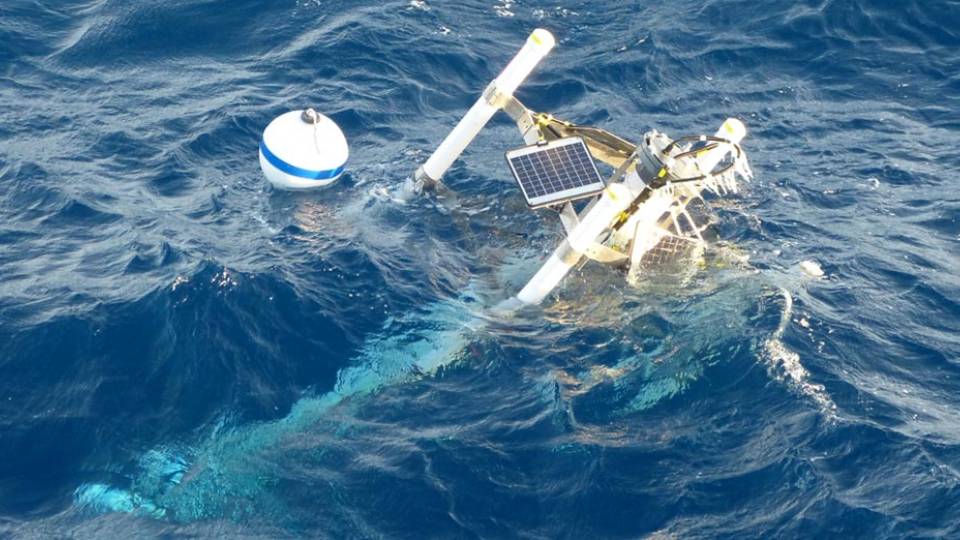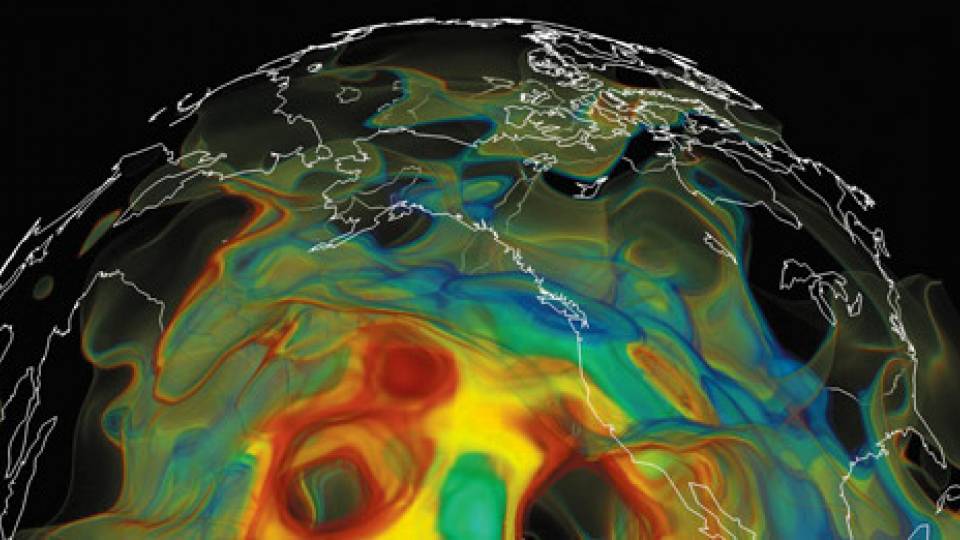Like doctors taking a sonogram of a human body, Princeton geoscientists have captured images of the interior of the Earth and revealed structures that help explain how the planet changes and ages.
The scientists used tremors from earthquakes to probe the inside of the planet just as sound waves allow doctors to look inside a mother's womb. The technique, a greatly refined version of earlier efforts, produced a surprisingly sharp image and yielded the first direct measurements of giant spouts of heat, called mantle plumes, that emanate from deep within the planet.
Mantle plumes are believed to cause island chains, such as the Hawaiian Islands and Iceland, when the Earth's crust passes over the column of heat. Although accepted by most scientists, the existence of mantle plumes has been fiercely contested by a minority of researchers in recent years.
"This is the first visual evidence that mantle plumes exist," said Raffaella Montelli, a Princeton geoscientist and the lead author of a paper published online by the journal Science on Dec. 4. "There is still a very open debate, but we are saying 'Look, here they are; you can see them.'"
The full story is available in a news release.
Contact: Eric Quinones (609) 258-3601




